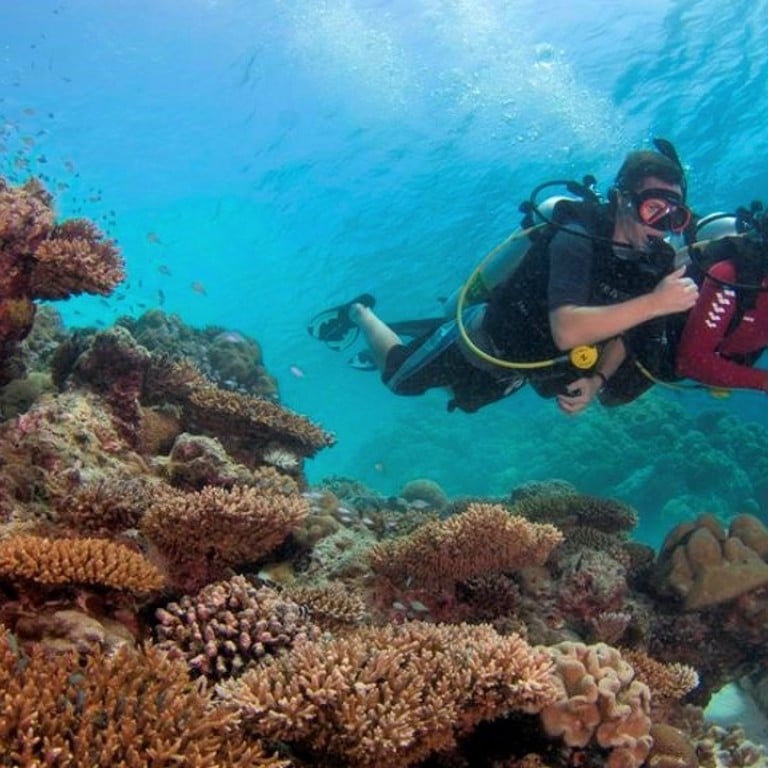What is Banyan Tree doing to save coral reefs in the Maldives?

The resort group, which has set up two marine conservation labs in the Maldives, is committed to restoring the coral reefs affected by bleaching
Coral reefs used to evoke colourful images of golden orange, bright blue and lime green, but sadly that’s not the case any more.
Coral bleaching over the last 20 years has left the once vivid underwater rainforests a lifeless shade of white. The culprit behind this? Warmer water temperatures.
Unusually warm water and fickle conditions have made corals expel the algae living in their tissues. The corals turn pale and become more susceptible to disease and, therefore, death.
Mass bleaching plagued coral reefs around the world in 1998, 2002, 2006 – with the most recent episode happening in 2016, which brought on a record widespread of coral bleaching in the Great Barrier Reef, according to the Australian Institute of Marine Science.
The Maldives, famous for its vibrant coral life, has suffered a loss of around 60 to 90 per cent of its corals since 2014, according to CNN.
Banyan Tree Hotels and Resorts, which has been concentrating its efforts on global conservation since 1996, spearheads the coral recovery programmes in the Maldives. The hospitality group built the first marine lab at its hotel in Vabbinfaru in 2004 and stationed its second at Angsana Velavaru – “Turtle Island” in Dhivehi – in 2007.
The first resort group to hire marine biologists for the protection and education of coral reefs, Banyan Tree focuses on six projects – coral reef restoration, reef monitoring, reef conservation, shark conservation, education and a citizen science programme.
